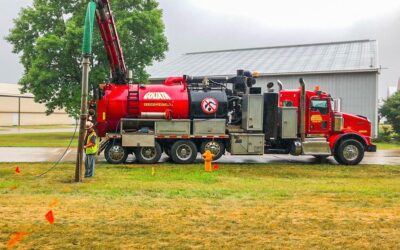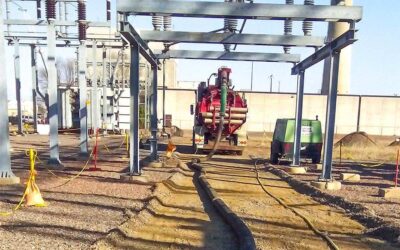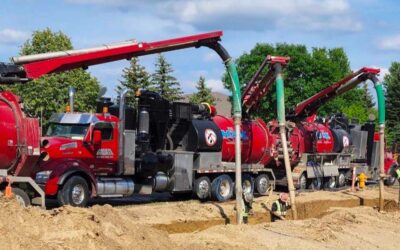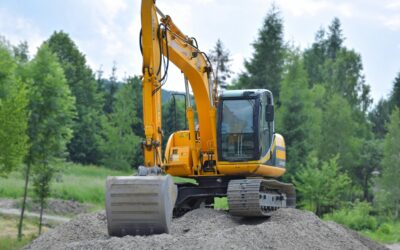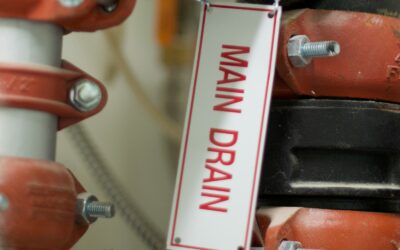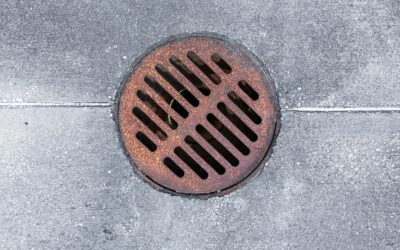Trenching Safety
Trenching Safety
Trenching is the process of digging deep and narrow excavations in the ground. The primary purpose of trenching is to install foundations, lay pipes or cables, or access underground utilities. However, due to the nature of trenching work, it presents unique safety challenges.
Recognizing the importance of safety in trenching is paramount. Implementing safety measures and adhering to best practices is not just about regulatory compliance; it is imperative to protect the lives and well-being of workers.
Commencing a trenching project without prior identification of underground utilities poses significant hazards. Workers, if unaware of existing utilities, run the risk of striking gas, water, or electrical lines during excavation, potentially resulting in severe injuries or triggering a gas leak.
Legal regulations mandate excavators to communicate with local utility workers before initiating any trenching project. Simply contact your local 811 agency to request the marking of surrounding utility lines before commencing any work.
In this article, we will explore the various aspects of trenching work, the potential hazards, and the crucial safety protocols that must be in place
Understanding Trenching Hazards
Trenching is a common yet hazardous task in the construction industry, involving several risks that need to be carefully managed. Understanding these hazards is crucial for preventing accidents and maintaining a safe work environment. Here are three potential hazards in trenching:
1 – Weather Risks
Weather conditions significantly impact trenching safety. Heavy rainfall can destabilize the soil, increasing the risk of trench collapses. Conversely, dry conditions can lead to soil being too loose, which might also cause a collapse. It is vital to monitor weather forecasts and adjust work plans accordingly to mitigate these risks.
2 – Proximity to Existing Structures
Trenches dug near buildings, roads, or other structures can lead to structural instability and collapse if not properly supported. The vibration from trenching equipment can weaken nearby foundations or walls, posing additional risks. Careful planning and the use of support systems are necessary to prevent accidents in such scenarios.
3 – Underground Utilities
One of the most significant hazards in trenching is the presence of underground utilities, such as gas lines, water pipes, and electrical cables. Accidental contact or damage to these utilities can lead to explosions, flooding, or electrocution. Before any trenching work begins, it is imperative to identify and mark all underground utilities in the area.
Legal and Safety Regulations
Trenching and excavation work, given its high-risk nature, is subject to strict legal and safety regulations, primarily overseen by the Occupational Safety and Health Administration (OSHA) in the United States.
Understanding these regulations is crucial for both employers and workers in the construction industry to ensure compliance. Here’s a brief overview of OSHA regulations for trenching and excavation:
Trench Inspection: Trenches must be inspected daily and as conditions change by a competent person to ensure safety.
Protective Systems: Depending on the depth and conditions of the trench, OSHA requires specific protective systems such as sloping, shoring, or benching to prevent collapses.
Safe Access and Egress: There must be safe means of entering and exiting the trench, typically requiring ladders or steps if the trench is more than 4 feet deep.
Hazardous Atmosphere and Emergency Response: Procedures for testing and controlling hazardous atmospheres and emergency response plans are required for deeper or more complex trenches.
Employer Responsibilities: Employers are responsible for providing a safe working environment. This includes ensuring that all safety measures are in place, workers are trained on hazard recognition, and all equipment is properly maintained.
Worker Responsibilities: Workers, on their part, are expected to follow safety procedures, use provided safety equipment, and report any unsafe conditions to their supervisors.
Pre-Trenching Planning and Emergency Preparedness
Effective management of trenching operations in the construction industry requires meticulous pre-trenching planning and emergency preparedness. These steps are crucial in minimizing risks and ensuring the safety of all personnel involved. Here are the primary steps in this process:
1 – Conducting a Thorough Assessment
Before any trenching work begins, it is imperative to conduct a comprehensive assessment of the site. This assessment should include:
– Evaluating Soil Conditions: Understanding the type and stability of soil is crucial for determining the appropriate trenching techniques and safety measures.
– Identifying Potential Hazards: This includes assessing the proximity to existing structures, locating underground utilities, and considering environmental factors like weather conditions.
– Analyzing Worksite Logistics: Assessing the layout of the site, accessibility, and the placement of equipment to ensure efficient and safe operations.
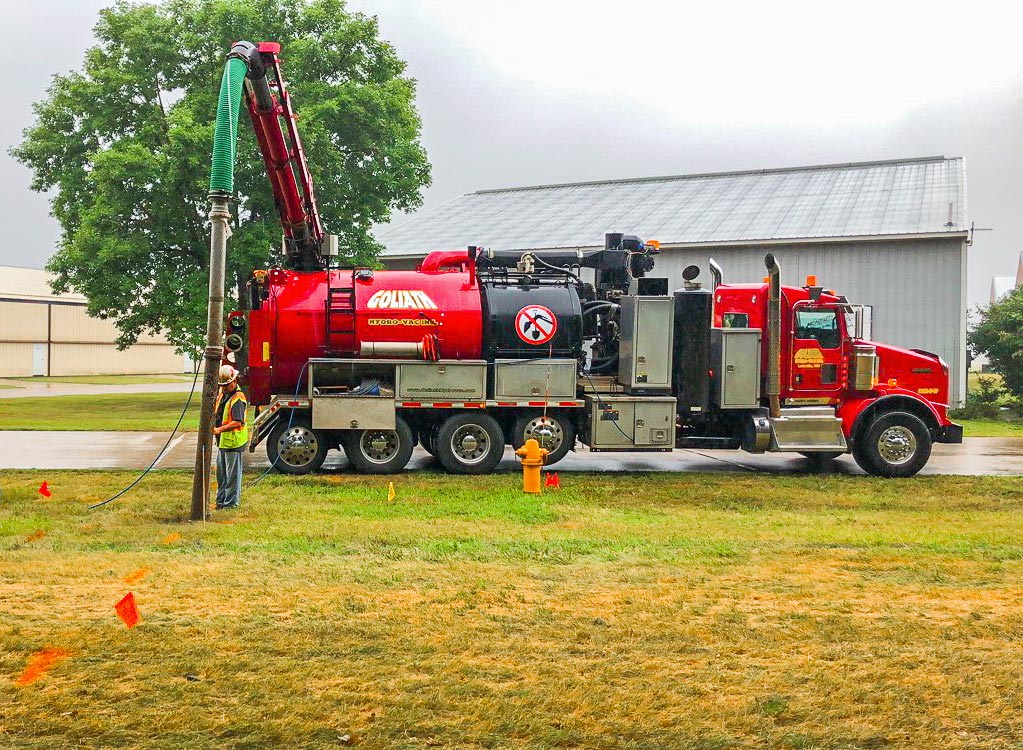
A well-thought-out safety plan is the backbone of trenching operations. Key components of a safety plan include:
– Establishing Protective Measures: Based on the assessment, determine the necessary protective systems such as sloping, shoring, or shielding.
– Emergency Response Procedures: Outline clear procedures for emergencies, including rescue operations, medical aid, and evacuation plans.
– Communication Protocols: Ensure that all workers are aware of the means of communication in case of an emergency or a hazardous situation.
Training is essential for both the safety and efficiency of trenching operations. Workers should be trained in:
– Recognizing Hazards: Workers must be able to identify potential risks associated with trenching.
– Use of Protective Equipment: Training on the correct use and maintenance of safety equipment is vital.
– Emergency Response: Workers should be knowledgeable about emergency procedures, including first aid and evacuation protocols.
Conclusion – Trenching Safety
Every trenching project presents its own set of challenges and risks. By prioritizing safety in every aspect of trenching operations, from the initial planning stages to the final execution, we can significantly reduce risks and ensure that every worker returns home safely at the end of the day.
Contact us at 612-727-3444 today to learn more about how Goliath’s trenching services can benefit your operation.
RELATED POSTS
Hydrovac Excavation In The Winter: Cold Weather Digging
Do you believe that excavating in winter is more difficult, more expensive, and more time consuming? Is it...
What is Utility Potholing and Which Method is Best?
Utilities. They’re everywhere, enabling and protecting our comfortable, modern lives. Unfortunately,...
How Deep Can You Hydrovac Excavate?
Hydrovac excavators come in many forms and are often custom-built for the companies ordering them. This means...
Hydro Vacuum vs Air Vacuum Excavation: Pros & Cons
At first glance, hydro vacuum excavation and air vacuum excavation are confusingly similar. After all, their...
Hydrovac Excavation 101: Everything You Need to Know
Hydrovac excavation has been around, in one form or another, for decades now. However, a lot of professionals...
Hydrovac Excavation vs. Traditional Excavator: Which Method Is Better?
On the surface, excavation couldn’t be simpler. Just…remove the dirt. However, the choice of excavation method...
Choosing the Right Industrial Sewer Maintenance Services
The maintenance of industrial sewer systems is a critical aspect of ensuring the smooth operation of any...
How to Prevent Industrial Sewer Blockages
Industrial sewer blockages are not just a minor inconvenience; they can be a major hazard with significant...
Importance of Regular Sewer Inspections
Industrial sewer inspections are a critical component of maintaining a facility's infrastructure. These...
Essential Industrial Sewer Maintenance Tips
Industrial sewer maintenance is a critical aspect of maintaining the efficiency and safety of any facility....


